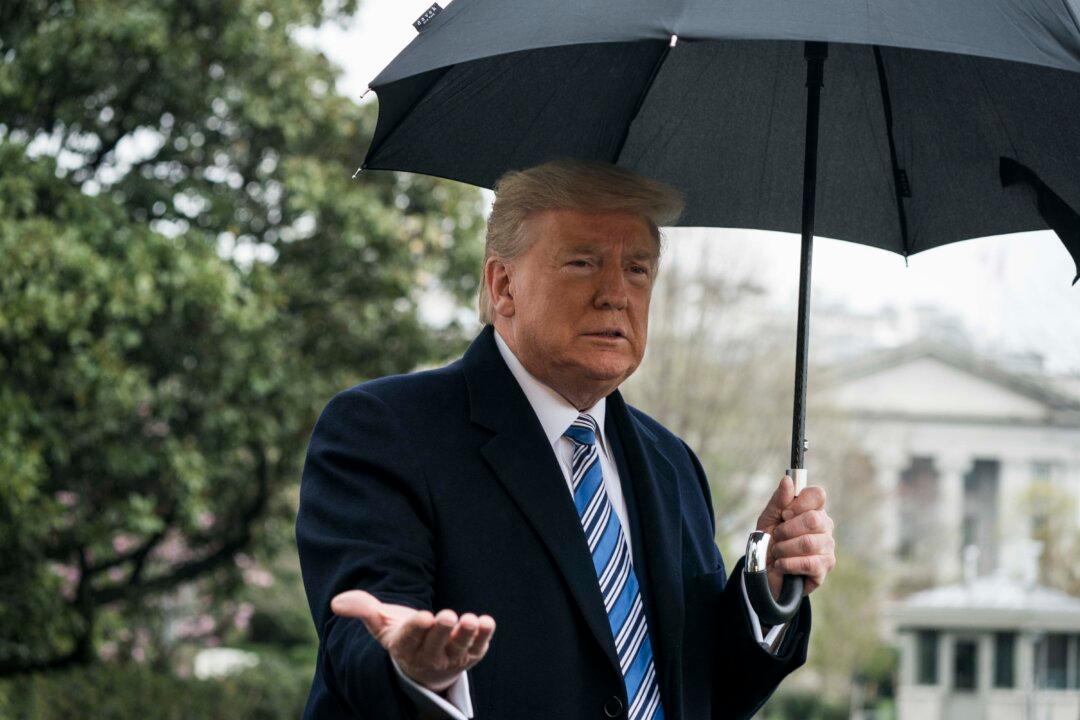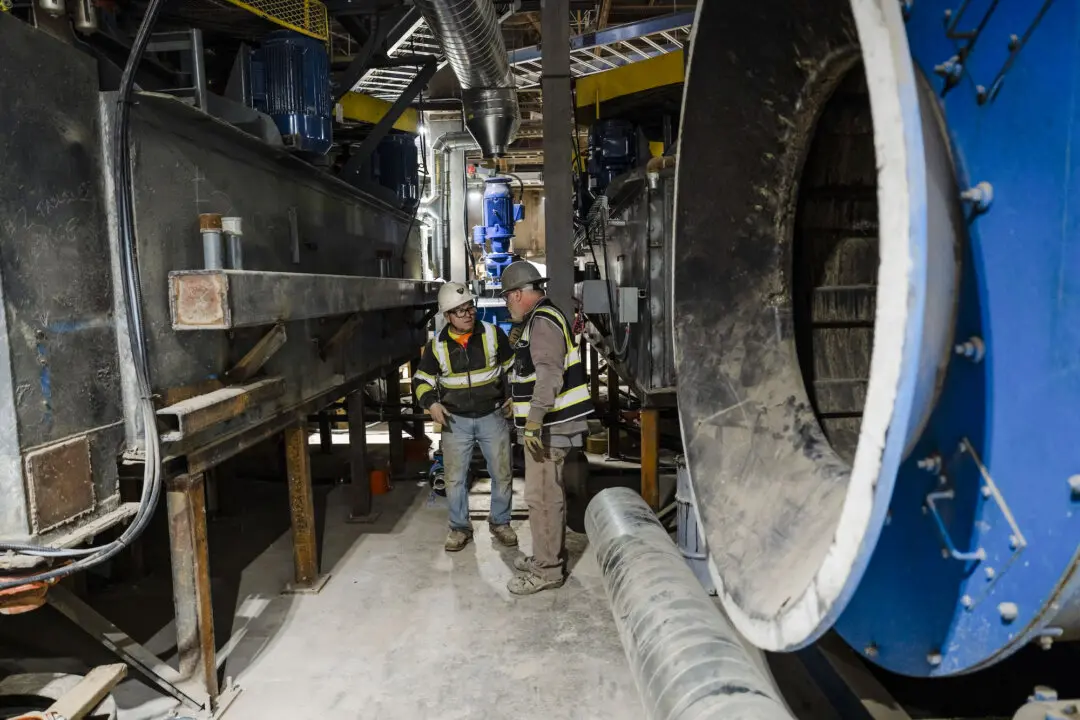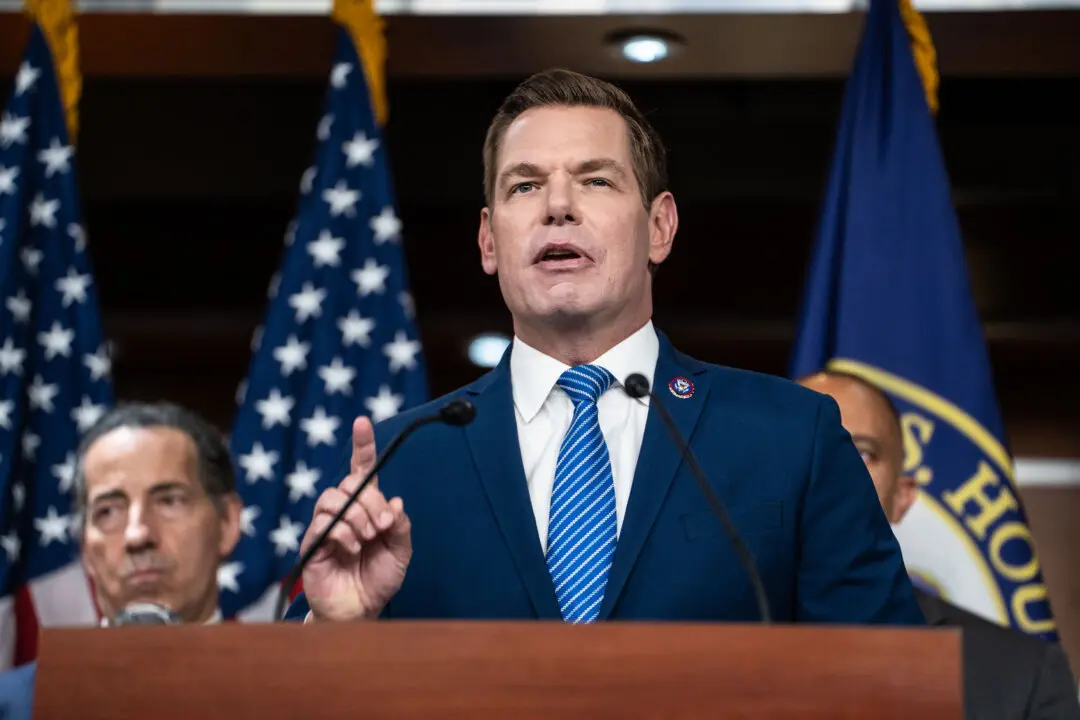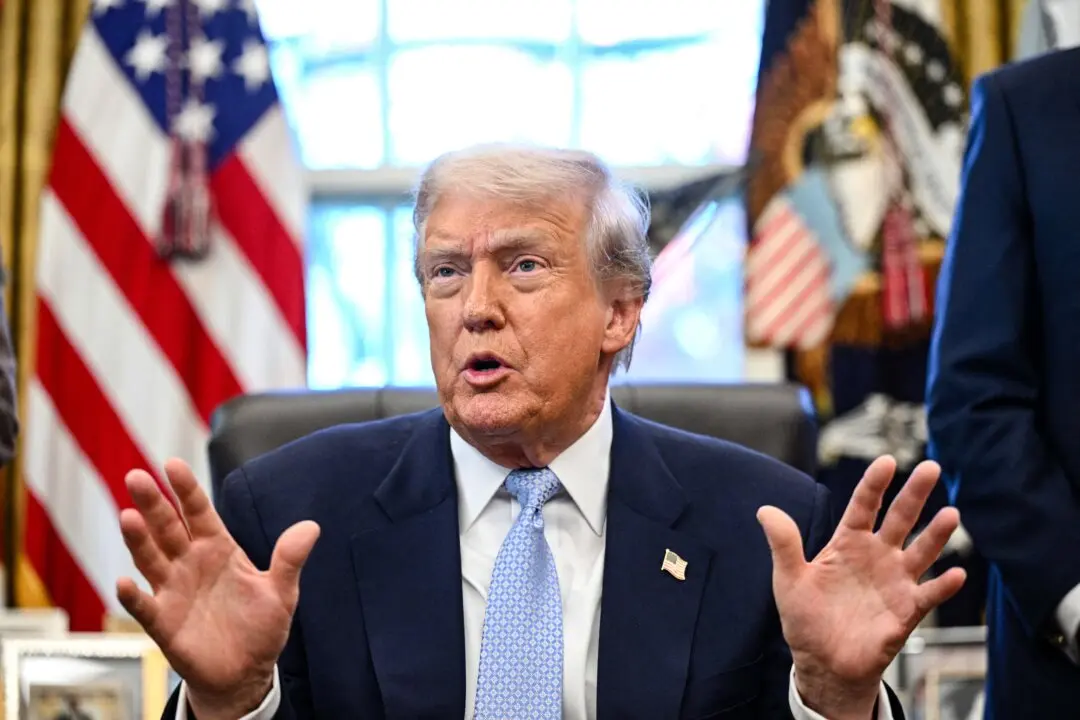President Donald Trump has called for Congress to pass a $2 trillion spending plan to revamp America’s roads, bridges, and other infrastructure.
Trump took to Twitter on March 31 calling for lawmakers to take advantage of the near-zero-interest-rate environment to adopt a “very big and bold” package “focused solely on jobs and rebuilding the once great infrastructure of our country.”





